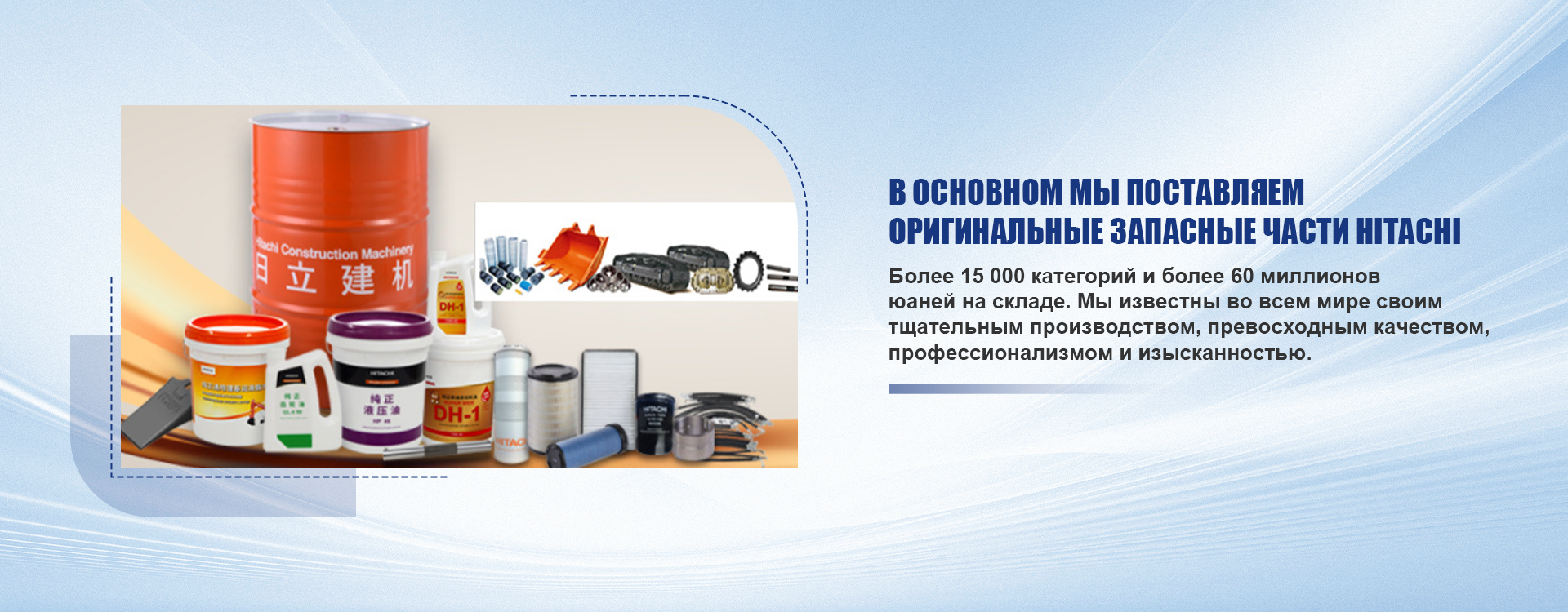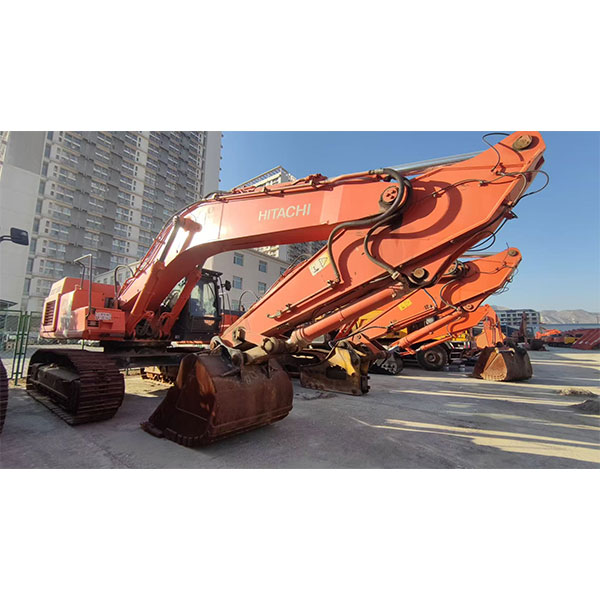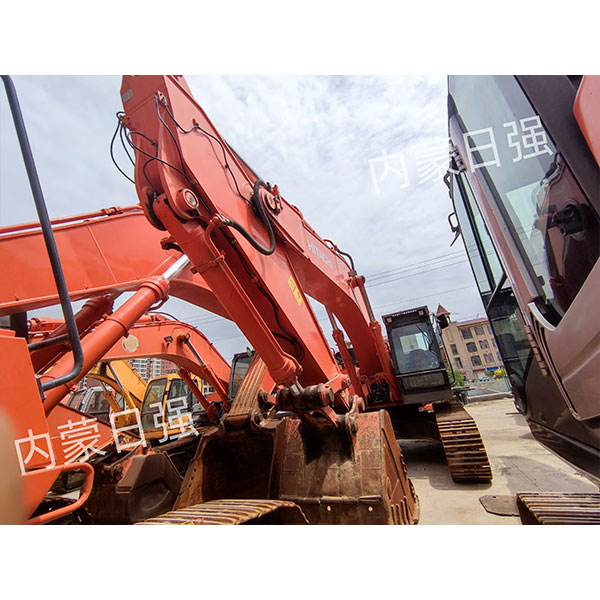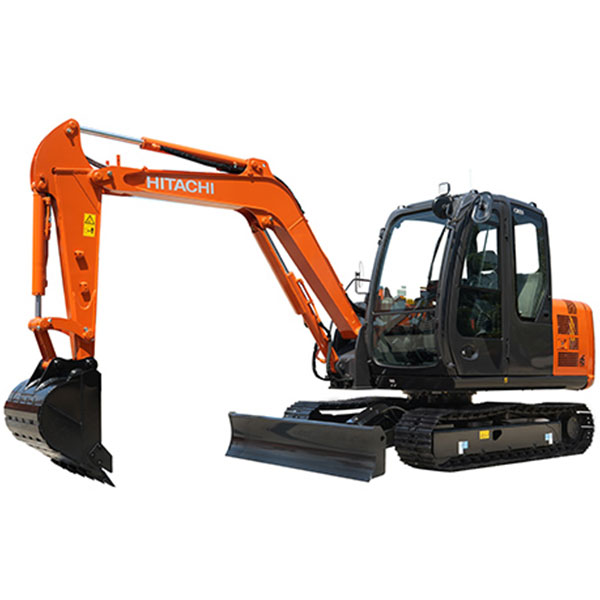
Excavator cylinder
Excavator cylinder- This is the key component of the hydraulic system, which is responsible for the transformation of hydraulic energy into mechanical to perform working operations, such as digging, lifting and moving the soil. The correct choice and timely maintenance of the cylinder ensures reliable and efficient operation of the excavator, and also extend its service life. In this article, we will examine in detail the device, types, selection criteria and service featuresExcavator cylindersSo that you can make a conscious choice and ensure the uninterrupted work of your equipment.
Types of excavator cylinders
Excavators use various typesExcavator cylinders, each of which is designed to perform certain tasks:
- Arrow cylinders:Responsible for lifting and lowering the arrow of the excavator.
- Hand cylinders:Control the movement of the handle, ensuring digging and moving the material.
- Bucket cylinders:The angle of inclination and position of the bucket is controlled, which is necessary for effective loading and unloading of the material.
- Cylinders of supports:Used in excavators-loaders to stabilize the machine during operation.
- Turning cylinders of the platform:Provide the rotation of the upper part of the excavator around its axis.
The device of the excavator cylinder
Excavator cylinderconsists of the following main parts:
- Cylinder sleeve:A durable case in which the piston moves.
- Piston:A part that converts hydraulic energy into mechanical movement.
- Piston rod:A metal rod that transfers the force from the piston to the working body.
- Seals:Prevent the leakage of hydraulic fluid and ensure the tightness of the system.
- Eyes:Fasteners for connecting the cylinder with other parts of the excavator.
Excavator cylinder selection criteria
When choosingExcavator cylinderThe following factors must be taken into account:
- Excavator type:Different models of excavators require cylinders with various characteristics.
- Working pressure:The cylinder must withstand the maximum working pressure of the hydraulic system.
- The diameter of the cylinder and rod:These parameters determine the force that the cylinder can develop.
- Piston stroke:Determines the range of movement of the working body.
- Quality of materials:The cylinder should be made of durable and wear -resistant materials.
- Manufacturer:Give preference to well -known manufacturers that guarantee the quality of their products, for example, internal Mongolia Zhitsyan construction equipment (https://www.nmgrq.ru/) offers a wide selectionExcavator cylinders.
Maintenance and repair of excavator cylinders
Regular maintenance and timely repairExcavator cylindersThey allow you to extend their service life and avoid expensive breakdowns.
The main stages of service
- Regular inspection:Check the cylinders for leaks, damage and wear.
- Lubrication:Lubricate cylinder rods to reduce friction and wear.
- Replacement of seals:Replace the seals when leaks or signs of wear.
- Hydraulic fluid level control:Support the optimal level of hydraulic fluid in the system.
- Washing the hydraulic system:Rinse the hydraulic system to remove pollution regularly.
Signs of malfunction of the excavator cylinder
- Hydraulic fluid leaks.
- Reducing the effort developed by the cylinder.
- Uneven movement of the rod.
- Extraneous noise during the operation of the cylinder.
- Visible damage to the cylinder (cracks, deformations).
Repair of the excavator cylinder
RepairExcavator cylindermay include replacing seals, rods, pistons or sleeves. In difficult cases, a complete replacement of the cylinder may be required. Repair work should be carried out by qualified specialists using original spare parts.
Advantages of using high -quality excavator cylinders
The use of qualityExcavator cylindersprovides the following advantages:
- Increased reliability and durability.
- Increasing excavator performance.
- Reducing the costs of maintenance and repair.
- Operation safety.
The comparison table of the characteristics of the excavator cylinders (example)
| Characteristic | Cylinder 1 | Cylinder 2 | Cylinder 3 |
|---|---|---|---|
| The diameter of the cylinder | 80 mm | 90 mm | 100 mm |
| The diameter of the rod | 45 mm | 50 mm | 55 mm |
| Working pressure | 250 bar | 300 bar | 350 bar |
| The piston stroke | 500 mm | 600 mm | 700 mm |
Conclusion
Choice and maintenanceExcavator cylinder- Important aspects of ensuring the effective and reliable operation of your equipment. Consider all the factors when choosing a cylinder, regularly maintain maintenance and timely contact specialists for repair. This will allow you to avoid expensive breakdowns and extend the service life of your excavator.
AppropriateProducts
Corresponding products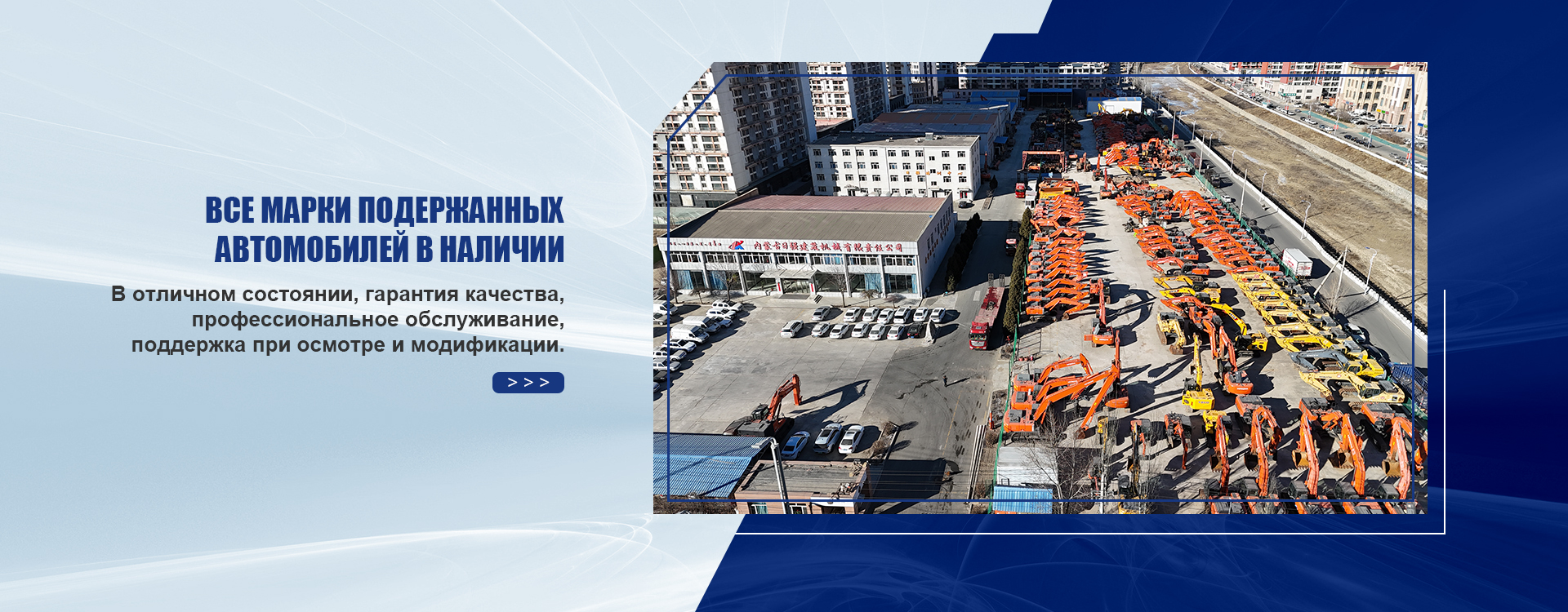
The best soldproducts
The best -selling products-
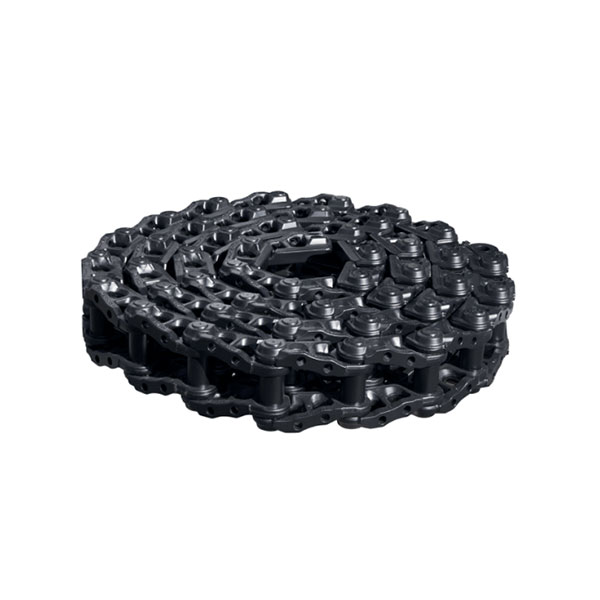 Rail
Rail -
 21 years of chitachi 240-5a-101489
21 years of chitachi 240-5a-101489 -
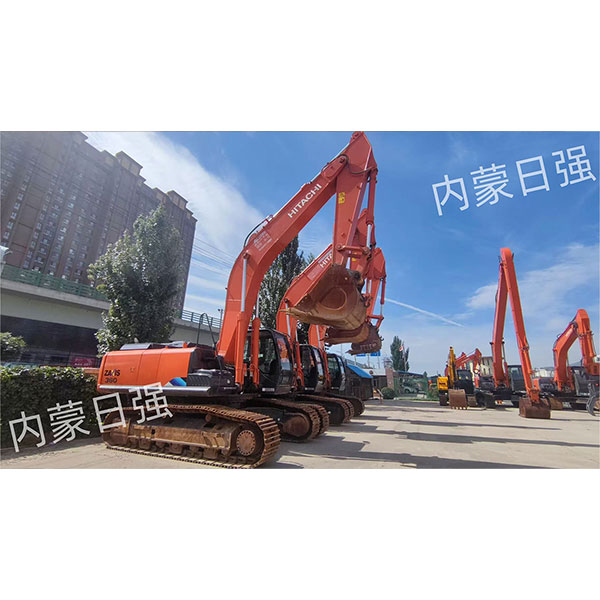 21 years old chitachi 360-301988
21 years old chitachi 360-301988 -
 19 year chitachi 250k-600367
19 year chitachi 250k-600367 -
 Hitachi 360H-3G-102873
Hitachi 360H-3G-102873 -
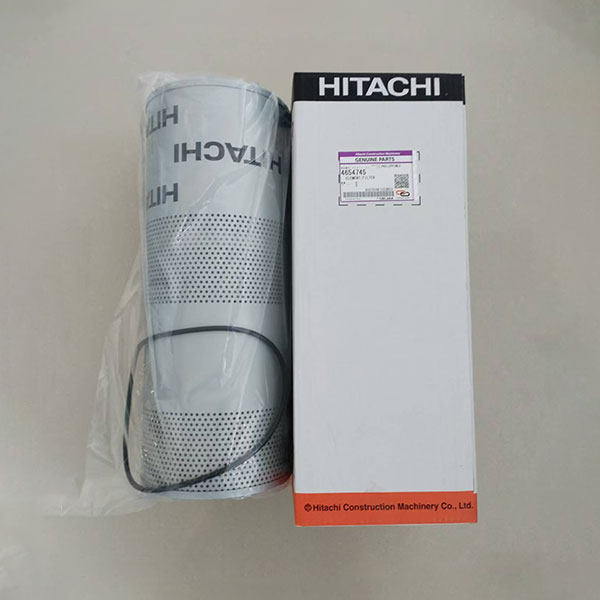 Filter of hydraulic oil
Filter of hydraulic oil -
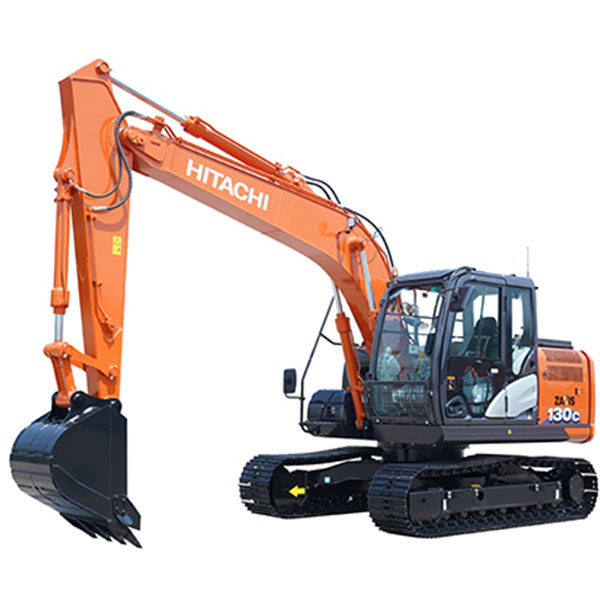 24 years old chitachi 130-100041
24 years old chitachi 130-100041 -
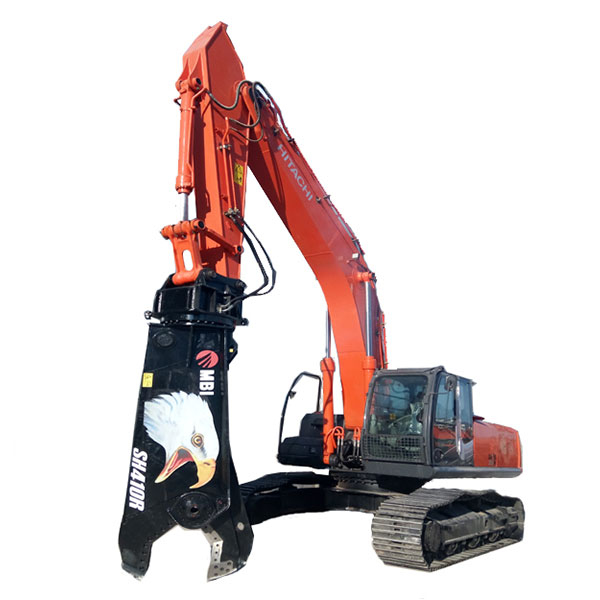 Hitachi 360-3G with scissors with a tip, like an eagle beak 100128
Hitachi 360-3G with scissors with a tip, like an eagle beak 100128 -
 18 Hitachi year 360-300862
18 Hitachi year 360-300862 -
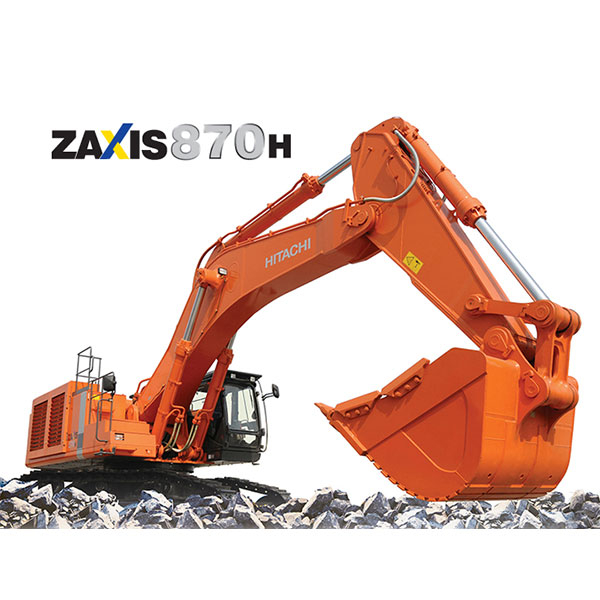 Restored Hitachi 870-100015
Restored Hitachi 870-100015 -
 Hitachi 360H-3G-102908
Hitachi 360H-3G-102908 -
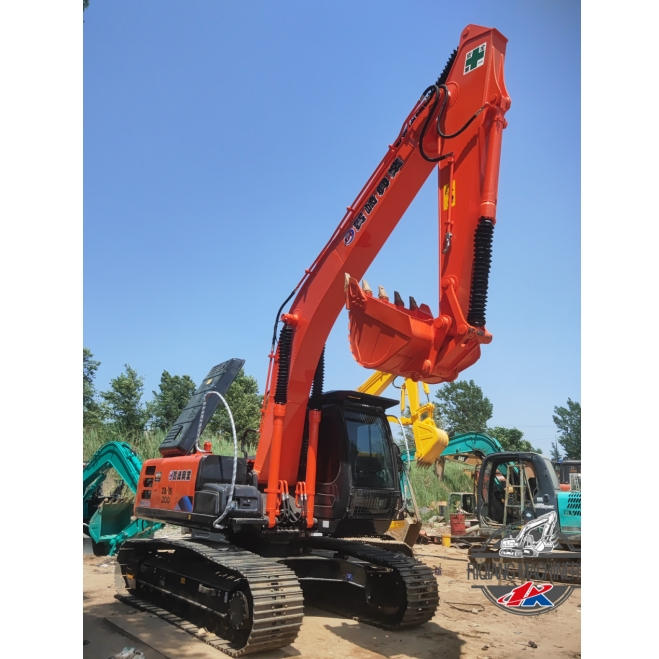 Hitachi 200-3G
Hitachi 200-3G
Connectedsearch
Related search- High quality price Full used excavator
- Suppliers of average excavators from China
- Chinese suppliers of mountain equipment cylinders
- Chinese suppliers of hydraulic cylinders for combines
- Factory custom -made hydraulic cylinder
- Prices for hydraulic excavators in China
- Hydraulic hammer for an excavator
- Cheap price of construction equipment cylinder
- Mining Equipment cylinder factories in China
- OEM price hydraulic cylinder








